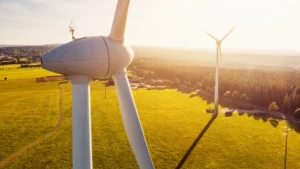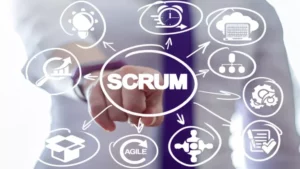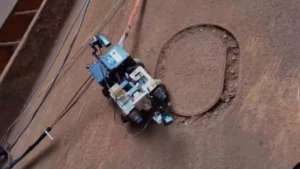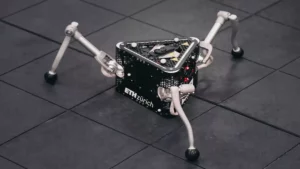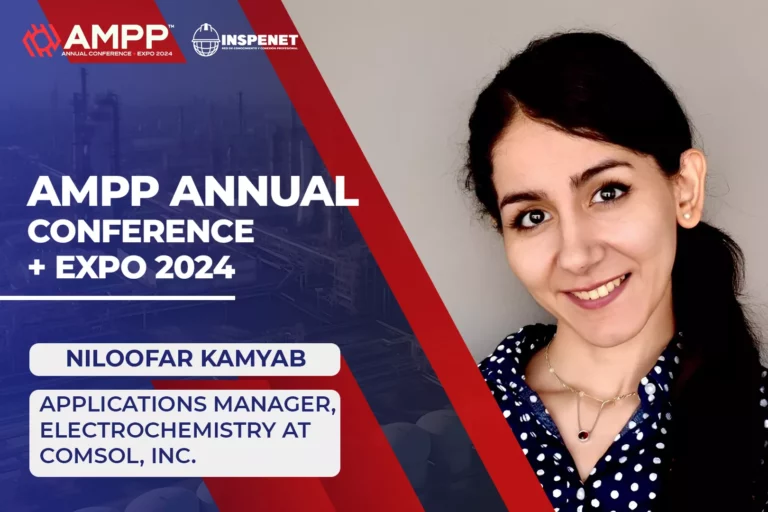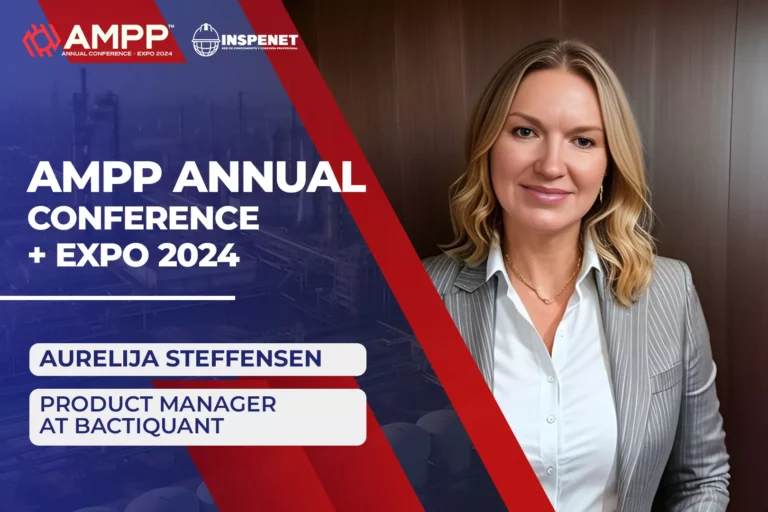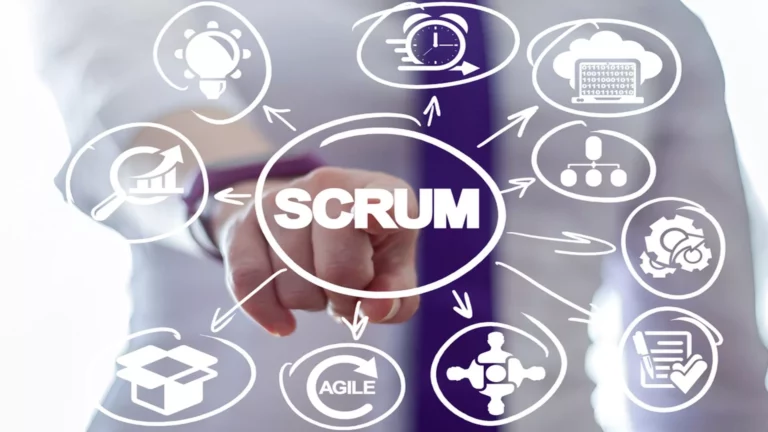Author: Jesus V, November 18, 2023.
Introduction
Education, a fundamental pillar in the evolution of society, is experiencing great development thanks to the digitalization of the world. Currently, this process of adoption of virtual education has accelerated, generating renewed interest in digitized communication channels such as the metaverse , a virtual world that offers immersive experiences and interactive participation.
This new digital frontier not only redefines the way we learn, but also presents exciting opportunities for educators and students. Its decentralized 3D environment promises to innovate education, allowing opportunities such as real-time interactions, personalized learning experiences, among others. Next, we will learn about the most important characteristics and aspects of this concept, its approach in the educational sector, as well as the conditions to take into account for its successful implementation.
What is the Metaverse?
Originally, the term came from works of science fiction, where the metaverse was referred to as a three-dimensional space where people can interact with each other through a three-dimensional space 1 .
Over time, it was related to the advancement of virtual reality technology , thanks to the growing demand for immersive experiences. Later, this term became of great interest again thanks to the social network Facebook; After their rebranding to Meta, they exposed their new concept to the world, which would be the next step in interconnection, achieved through a decentralized online 3D environment, called “Metaverse.”

In short, it is an online virtual world where people can interact, work and play with each other. It consists of a persistent digital space that exists beyond any device or platform. It is currently in its early stages of development, but has the potential to transform the way we live, work and learn.
Characteristics
Interconnection of technologies
Thinking that this emerging universe exclusively incorporates virtual reality and augmented reality technologies is a wrong perception. They actually implement other technological resources such as 5G, Blockchain, IoT, digital twins, etc 2 .
The purpose of this extensive technological framework is to be able to offer various options depending on the sector that is targeted (education, commerce, entertainment, etc.).
Interactive environments
Immersive experiences by the Metaverse are a product of 3D models, interactive content and simulations. These resources allow people to have a better understanding of complex contexts, thanks to the different perspectives offered by the platform/environment.
Multisensory immersion
One of the ways to make this universe more realistic is through interaction with the generated environments. In this case, with the help of advanced technologies that have sensors, you can interact with the details that make up the environments. Thus, the experiences will not only be more realistic, but also much more authentic.
Virtual ID
Frequently, the authentication mode on most platforms is done using a static image. However, the metaverse proposes to elevate this practice to the next level by enabling the creation and individualized design of our own “avatar”.
This identity consists of a representation with a high degree of realism of our person (see Figure 1), which together with new technologies make interactions and socialization much more organic and pleasant.
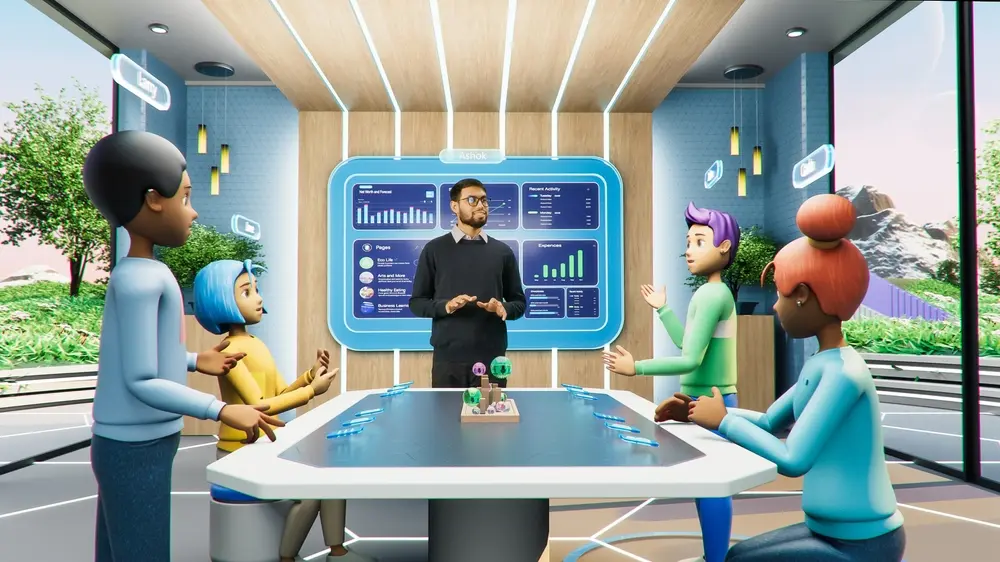
Fusion of real and virtual elements
The essence of this concept is to minimize or completely eliminate the barriers between the real and virtual world. The way to originate the convergence between the two worlds is through the mapping of realistic structures thanks to modern technologies, or also by the superimposition of virtual elements on the environment where we find ourselves.
Thanks to this, people can find themselves in a unique space that adapts to their criteria, but at the same time has aspects that optimize immersion and realism.
The Metaverse in education
In recent decades, the education sector has undergone great changes. Instructors have perfected their pedagogical methods to adapt to the accelerated pace of technological evolution, moving from verbal explanations and blackboard diagrams to intelligent digital classes.
Contemporary educational strategies are oriented exclusively towards student learning, concentrating on generating a cultured and attractive environment, necessary for a more effective understanding of concepts.
With the development of online learning, especially after the pandemic, the main attention of this sector is directed to the integration of new technologies into academic curricula, with the purpose of giving a pleasant and attractive character to the learning process.
The metaverse is proposed as one of the central approaches for educators worldwide, seeking to involve students in a realistic and pleasant experience that allows them to participate in fun activities (see figure 2), thus transforming learning into a more interesting experience. .

In this universe, physical barriers disappear, allowing students to access unique educational experiences from anywhere in the world. The possibility of exploring virtual environments enriched with contextual information offers a new dimension to learning, transcending the limitations of conventional classrooms.
Implementation benefits
- More effective and engaging learning: The metaverse helps students learn more effectively and engagingly by providing them with unique learning experiences. The immersive quality, gamification elements and interactive challenges contribute to making the learning process a fun and rewarding experience.
- Greater access to education: Through its implementation, education will be more accessible to students around the world, regardless of their location or personal circumstances 3 . Virtual classrooms ensure equity regardless of geographic location, thus guaranteeing high-quality learning universally.
- Development of new skills: Simulations based on this universe can optimize the development of skills such as critical thinking, problem solving and collaboration, which are essential for success in the 21st century. Likewise, they promote the acquisition of digital skills, which are increasingly essential in today’s constantly evolving work environment.
Considerations
- Technological access: To include the metaverse in the educational scheme, study centers will need optimal technical infrastructure. To do this, it is essential to have electronic equipment and a good internet connection, to guarantee the effective development of activities. If there is any type of digital divide, it will have to be addressed so that all students can benefit from education through these new technologies.
- Security and privacy: The activities and interactions that students participate in will end up generating a large amount of data. For this reason, it is necessary to develop policies and procedures that guarantee the privacy and security of students, as a way to preserve the integrity of their personal information.
- Teacher training: For the correct navigation and use of virtual environments in teaching and learning strategies, educators are required to have skills and training in digital media. The best way to achieve the integration of professionals and enable them to adapt their pedagogical knowledge to new technologies is through appropriate support and training programs.
Projection of the educational future
As the metaverse continues to be incorporated into the educational field, a horizon is anticipated in which education transcends physical restrictions, evolving towards an experience adapted to each individual and globally accessible. That the educational system can adopt this concept into its structures can mean the arrival of new resources that will improve the learning process. Among some of the possible applications of the metaverse in education we have:
- Virtual reality laboratories: Immersion can be an ideal resource for the development of laboratory practices, ensuring that these are not only optimal due to their decentralized development, but can also stimulate learning thanks to an immersive experience that is safe and complete at the same time. Same time.
- Decentralized cultural learning: By being connected with people from all over the world, students will have the opportunity to share with people from different cultures and learn about them despite the geographical barrier. In this way, it serves as an indirect way to learn new skills, such as a new language or networking, by contacting and sharing with people from different parts of the planet.
- Immersive education: Recreation is a medium that allows you to study and analyze in depth various contexts thanks to realistic points of view. With the arrival of technologies such as virtual reality and augmented reality, students will have the opportunity to learn and deeply understand various educational contexts through personalized exposure, stimulating learning and analysis of the fields studied.
Conclusion
In the educational field, the presence of the metaverse represents an innovative paradigm compared to conventional educational technologies. This environment has the potential to introduce significant opportunities and advances in education, overcoming current limitations.
The growing interest in this concept points to the future direction of education, suggesting that educational entities will increasingly participate in research on its integration. However, it is crucial to take into account various considerations, such as safety and ethics, to avoid involving the safety and integrity of students.
If applied carefully and correctly, this technological advancement could improve and transform learning experiences, focusing on overcoming current educational limitations. It could also accelerate the speed of learning, establish an inclusive environment for all, and enable the acquisition of practical skills under uncontrolled conditions. For this and much more, its arrival invites reflection and generates significant expectations in the educational field 2 .
References
- Imannezhad Sh, Vahedian-Shahroodi M, Shariati kh, Mansourzadeh A, Saeedi M; ” Metaverse in Education; an Overview of Systematic Reviews” ; accessed November 13, 2023; from https://www.medicaleducation-bulletin.ir/article_174107_b09e6c056698271d8ed985a74bb34755.pdf
- Zhang X, Che, Y, Hu L, Wang, Y; . ” The metaverse in education: Definition, framework, features, potential applications, challenges, and future research topics “; (2022, October 11); accessed November 13, 2023, from https://www.frontiersin.org/articles/10.3389/fpsyg.2022.1016300/full
- Finance Magnates; ” How the Metaverse is Shaping the Future of Education “, (2023, July 25); accessed November 13, 2023; from https://www.financemagnates.com/forex/education-centre/how-the-metaverse-is-shaping-the-future-of-education/





